views
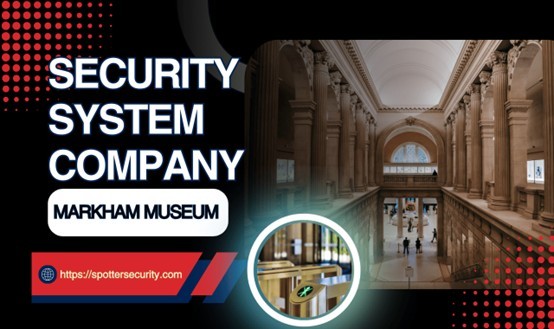
Museums are treasure troves, preserving history, art, and culture—but they also house high-value artifacts that are prime targets for theft and vandalism. In fact, a study by the Association for Research into Crimes against Art revealed that cultural institutions experience about 50,000 art crimes worldwide every year. That’s a staggering number, especially when one successful heist can result in millions in losses.
Security cameras aren’t just about catching thieves; they’re a vital part of preventing incidents before they happen. With the right installation, cameras can deter potential offenders, protect visitors, and even help museums monitor environmental risks like fire or flooding. This isn’t just about having eyes on every corner—it’s about strategically placing surveillance to maximize safety without compromising the visitor experience.
In this guide, we’ll show you how professional camera installation can transform museum security, from preventing high-stakes thefts to ensuring day-to-day operations run smoothly. Whether you manage a national gallery or a small community museum, these insights will give you practical steps to enhance safety and preserve your collection for generations to come.
1. Deterring Theft and Vandalism
One of the most compelling reasons for installing security cameras in museums is deterrence. When potential criminals know they are being monitored, they are far less likely to act. A well-positioned camera system acts as a psychological barrier, reducing the chances of theft or vandalism.
In high-profile museums, items like paintings or sculptures are sometimes irreplaceable. Integrating visible security cameras can prevent not just theft but also the defacement or damage of exhibits. This proactive approach ensures that valuable artifacts stay secure without the need for heavy, intrusive security guards at every corner.
Pro Tip: Make sure cameras are both visible to deter criminal behavior and supplemented with hidden ones to catch those intent on bypassing visible surveillance.
2. Monitoring Visitor Behavior and Ensuring Safety
Museums attract large crowds, including school trips, tourists, and families. While most visitors come to enjoy the exhibits, some might unintentionally cause disruptions. With security cameras in place, staff can monitor visitor flow and behavior in real time, identifying issues before they escalate.
For example, cameras positioned in galleries can help ensure people aren’t getting too close to fragile displays. Additionally, surveillance footage assists in crowd control during special events or peak times, preventing bottlenecks or overcrowding, which could create safety risks.
3. Enhancing Emergency Response
Security cameras play a vital role beyond theft prevention. In case of emergencies—such as fires, medical incidents, or evacuations—having a comprehensive video feed enables faster and more coordinated responses. Security teams can monitor real-time footage, directing emergency services to the exact location of incidents within the museum.
Cameras also provide valuable evidence post-incident. Whether it’s a minor accident or a serious threat, reviewing footage allows management to assess what happened and take steps to prevent similar incidents in the future.
Insight: Integrating cameras with an alarm system can automate emergency alerts, sending notifications directly to security personnel when unusual activity is detected.
4. Supporting Environmental Monitoring
Cameras aren’t just for watching people—they also play a critical role in monitoring environmental risks. Artifacts and delicate exhibits can be highly sensitive to changes in temperature, humidity, or lighting. Placing cameras in climate-controlled areas ensures staff can remotely monitor these spaces and respond quickly to any anomalies.
For instance, if a water leak occurs near an exhibit, cameras can alert the security team immediately, allowing quick intervention. Some modern camera systems even have built-in sensors to detect smoke or heat, providing an additional layer of environmental monitoring.
5. Boosting Operational Efficiency
Surveillance isn’t limited to just security concerns—it can also improve the day-to-day operations of the museum. Security cameras allow managers to monitor staff performance, ensure proper visitor service, and maintain a seamless guest experience. For example, observing visitor traffic patterns helps management optimize exhibit placement or staff positioning to enhance the overall flow through the museum.
Cameras also enable remote management, allowing security personnel to oversee the museum from a central control room or even off-site. This reduces the need for excessive on-ground personnel while maintaining tight control over the premises.
Pro Tip: Combine video monitoring with access control systems to further streamline operations and restrict access to sensitive areas like storage rooms or conservation labs.
6. Providing Legal and Insurance Protection
Accidents and disputes can occur even in the safest environments. Security camera footage provides an unbiased record of events, which is essential in resolving disputes or insurance claims. Whether a visitor claims injury or there is damage to a piece of artwork, video evidence helps clarify what happened.
This transparency is beneficial for both museums and visitors, fostering trust while reducing the risk of fraudulent claims. Many insurance companies also offer reduced premiums to institutions with robust security system company markham provides financial incentives for investing in high-quality surveillance solutions.
7. Future-Proofing with Smart Technology
Security technology is evolving rapidly, and museums must stay ahead of potential threats. Modern camera systems offer advanced features such as facial recognition, motion detection, and AI-powered alerts. These technologies can automatically detect unusual behavior and notify security teams in real-time, making surveillance more proactive.
Integrating video systems with analytics software allows museums to gain insights into visitor behavior—like identifying which exhibits draw the most attention—without compromising privacy. As technology advances, having a scalable, future-proof security system ensures the museum remains protected against both current and emerging risks.
Conclusion
Installing security cameras in museums isn’t just a technical upgrade—it’s an investment in safety, operational efficiency, and the preservation of history. From preventing theft to ensuring a smooth visitor experience, the benefits of a well-planned surveillance system extend far beyond what meets the eye.
For museums, every exhibit is a piece of human heritage, and security plays a pivotal role in safeguarding it. With strategic camera placement and the integration of smart technology, museums can offer visitors a safe, enjoyable experience while protecting priceless artifacts for generations to come.










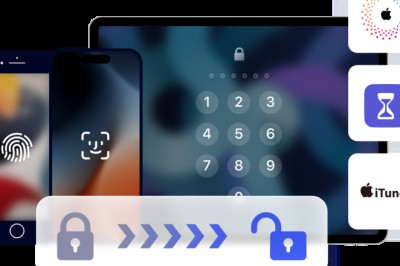






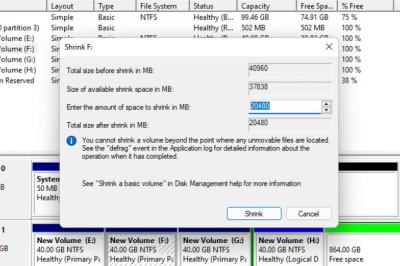


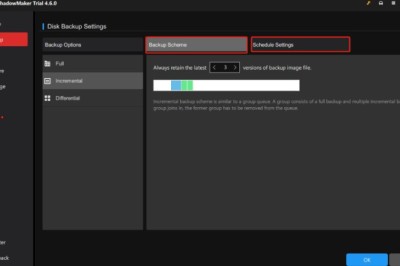
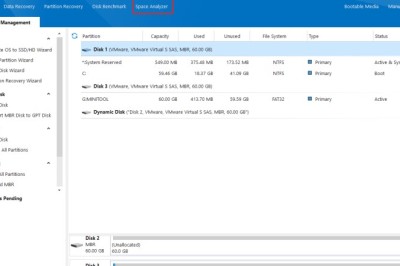


Comments
0 comment